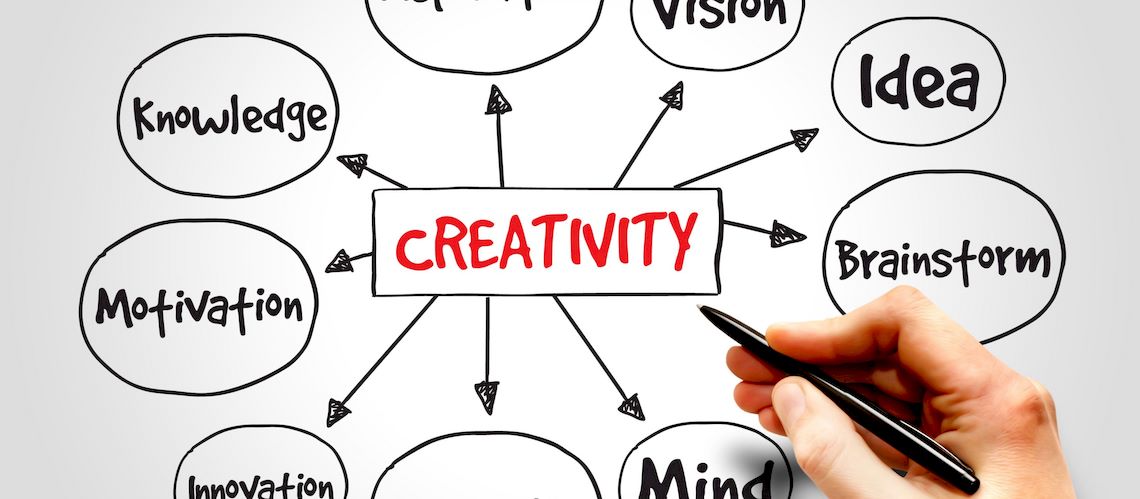Within the Excellence Nexus Framework, mind mapping serves as a critical tool for achieving Mental Peak and driving overall excellence. This innovative visual organization technique enhances mental performance, creativity, and well-being, making it indispensable for individuals striving to reach their highest potential across all peaks: Mental, Physical, Emotional, Spiritual, Prosperity, and Impact.
Application in the Excellence Nexus
Mental Peak
Mind mapping is foundational to achieving Mental Peak, as it enhances cognitive efficiency, fosters creativity, and strengthens memory retention. The technique engages both hemispheres of the brain, combining logic and imagination, which is key to unlocking higher-order thinking and problem-solving abilities (Buzan et al., 2010). Research consistently supports its role in boosting comprehension and critical thinking skills, making it a powerful tool for those pursuing peak mental performance (Shi et al., 2023).
For example, professionals in high-stakes environments can use mind mapping to strategize and synthesize complex information, leading to more effective decisions (Mento et al., 1999).
Physical Peak
Effective planning and organization through mind mapping extend beyond mental clarity to impact physical health. By reducing cognitive overload and stress, mind mapping encourages the adoption of healthier habits and routines (Liu et al., 2014). For instance, a busy individual could create a mind map to balance their work, exercise, and relaxation schedules. By visualizing their commitments, they can identify gaps for self-care or fitness, ensuring physical vitality remains a priority.
Additionally, mind mapping can support sleep routines by organizing activities leading to restful sleep, such as mindfulness practices or limiting screen time.
Emotional Peak
Mind mapping promotes emotional well-being by organizing thoughts, clarifying goals, and reducing anxiety. The technique helps individuals gain control over their mental environment, alleviating stress caused by cognitive clutter. Liu et al. (2014) highlight how mind mapping fosters emotional resilience by providing structure, which can be particularly helpful during overwhelming situations.
Consider an individual mapping out steps to resolve personal challenges. The clarity and visual structure provided by the mind map reduce emotional strain, enabling a calmer and more focused approach. For example, mapping a challenging conversation’s potential outcomes can help alleviate anticipatory anxiety.
Spiritual Peak
Mind mapping’s ability to bring clarity and focus can support spiritual growth by aligning mental clarity with reflective practices. Whether used to explore spiritual concepts, plan reflective routines, or organize meditative practices, mind mapping facilitates a deeper connection to one’s spiritual journey.
A practical example might involve mapping out daily gratitude practices or philosophical readings to connect with core beliefs. Buzan et al. (2010) emphasize that mental clarity derived from such practices supports harmony and presence, which are essential for Spiritual Peak.
Prosperity Peak
Organization and efficiency are integral to achieving Prosperity Peak. Mind mapping enhances productivity and time management, enabling individuals to prioritize tasks, set clear objectives, and streamline their workflows (Batdi, 2015). For instance, an entrepreneur could use mind mapping to manage project timelines, track financial goals, and brainstorm innovative business ideas. This structured approach directly contributes to professional and financial success.
Impact Peak
Enhanced cognitive abilities and creativity empower individuals to make a greater positive impact in their communities. By facilitating innovative thinking, mind mapping enables users to plan impactful projects, brainstorm solutions to societal challenges, and leave a meaningful legacy (Mento et al., 1999).
For example, a community leader could use mind mapping to organize a local environmental campaign, visually tracking stakeholders, action plans, and desired outcomes.
Benefits of Mind Mapping in the Excellence Nexus
Mind mapping delivers wide-ranging benefits across all Excellence Nexus peaks:
- Enhanced Mental Performance and Clarity
Mind mapping organizes thoughts and reduces mental clutter, leading to sharper focus and more effective decision-making (Shi et al., 2023). - Improved Creativity and Problem-Solving Skills
By fostering non-linear thinking, mind maps open pathways to innovative ideas and novel solutions (Mento et al., 1999). - Reduced Stress and Anxiety
The structure provided by mind maps alleviates the cognitive and emotional burden of processing complex information (Liu et al., 2014). - Greater Overall Well-Being
Mind mapping encourages a balanced approach to personal and professional life by promoting clarity, reducing stress, and fostering self-awareness (Batdi, 2015).
Integrating Mind Mapping in the Excellence Nexus
To maximize its impact, mind mapping must be seamlessly integrated into the pursuit of excellence:
1. Assessment
Evaluate your cognitive, emotional, and organizational needs. Identify areas where mind mapping can address specific challenges, such as decision-making, creative problem-solving, or stress reduction. For example, professionals might assess how mind mapping can help them structure complex projects or streamline team collaboration (Mento et al., 1999).
2. Implementation
Incorporate mind mapping into daily routines to achieve peak performance:
- Strategic Thinking: Use mind maps to outline strategic goals, explore solutions, and evaluate outcomes.
- Emotional Resilience: Create mind maps to process emotions, clarify priorities, or identify stressors and coping mechanisms.
- Physical Vitality: Design and track fitness plans, recovery schedules, and nutrition strategies to align with health goals.
3. Optimization
Continuously refine your mind mapping techniques to ensure alignment with your goals. For example, an entrepreneur might track and improve their project plans using iterative mind mapping, refining each phase based on outcomes. Experiment with elements such as keywords, images, and color-coding to enhance engagement and effectiveness (Buzan et al., 2010; Liu et al., 2014).
Practical Examples of Mind Mapping in the Excellence Nexus
- Achieving Mental Peak: A business executive uses mind mapping to synthesize data for a critical decision. By mapping out key factors, potential risks, and opportunities, they create a comprehensive visual framework for strategic thinking, leading to an informed and confident decision (Mento et al., 1999).
- Supporting Physical Vitality: A fitness enthusiast maps out their weekly workout routine, incorporating cardio, strength training, and recovery sessions. By visually organizing their plan, they stay consistent and motivated while ensuring balance in their physical health regimen (Batdi, 2015).
- Fostering Emotional Resilience: During a stressful period, an individual creates a mind map to outline personal challenges and potential solutions. The visual clarity reduces overwhelm and provides actionable steps toward resolving their concerns (Liu et al., 2014).
- Maximizing Prosperity: An entrepreneur uses mind mapping to plan a new business venture, organizing goals, resources, and timelines. This structured approach enhances efficiency and drives the project’s success (Batdi, 2015).
- Enhancing Spiritual Practices: A mindfulness practitioner maps out their meditation schedule, incorporating themes such as gratitude, compassion, and self-awareness. The clarity provided by the mind map enhances their focus and deepens their spiritual practice (Buzan et al., 2010).
Conclusion
Mind mapping is an indispensable tool within the Excellence Nexus Framework, offering profound benefits across all peaks. By fostering mental clarity, enhancing creativity, and reducing stress, it supports individuals in their pursuit of excellence.
Imagine using a simple yet powerful tool to organize your thoughts, amplify your creativity, and align your actions with your goals. Mind mapping can transform your journey to excellence, empowering you to achieve balance, prosperity, and impact in all areas of life. Begin integrating this practice today to unlock your full potential and leave a lasting legacy.
References:
Batdi, V. (2015) ‘A meta-analysis study of mind mapping techniques and traditional learning methods’, The Anthropologist, 20(1–2), pp. 62–68.
Buzan, T., Buzan, B. and Harrison, J. (2010) The Mind Map Book: Unlock Your Creativity, Boost Your Memory, Change Your Life. 1st edn. New York, NY: Pearson BBC Active.
Liu, Y., Zhao, Y., Zheng, J. and Liu, Z. (2014) ‘The effect of mind mapping on teaching and learning’, Proceedings of the 2014 International Conference on Education Technology and Science, pp. 1–9.
Mento, A. J., Martinelli, P. and Jones, R. M. (1999) ‘Mind mapping in executive education: applications and outcomes’, Journal of Management Development, 18(4), pp. 390–416.
Shi, Y., Xie, C. and Wei, Y. (2023) ‘Effects of mind mapping-based instruction on student cognitive learning outcomes: a meta-analysis’, Asia Pacific Education Review, 24(3), pp. 303–317.




